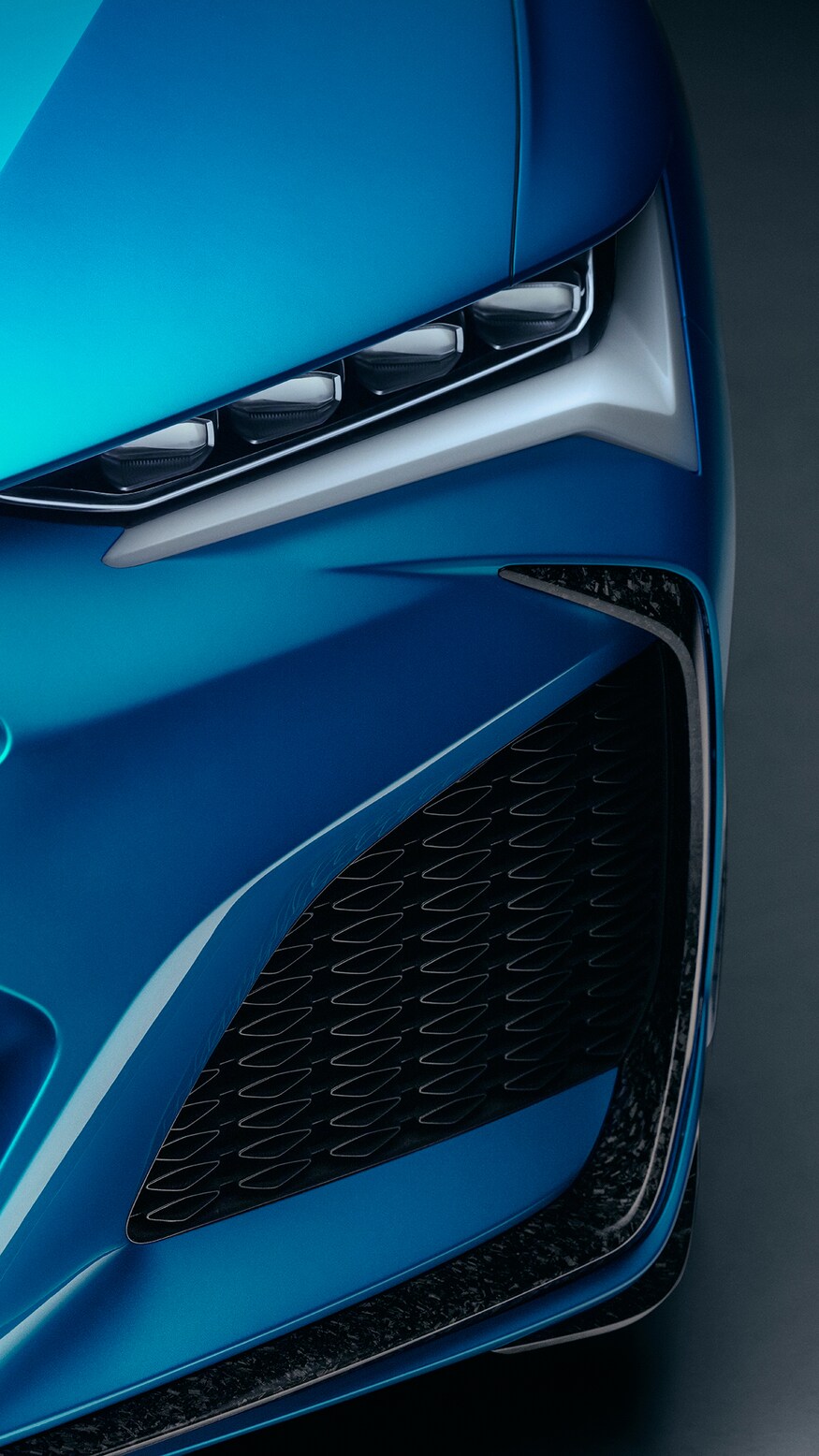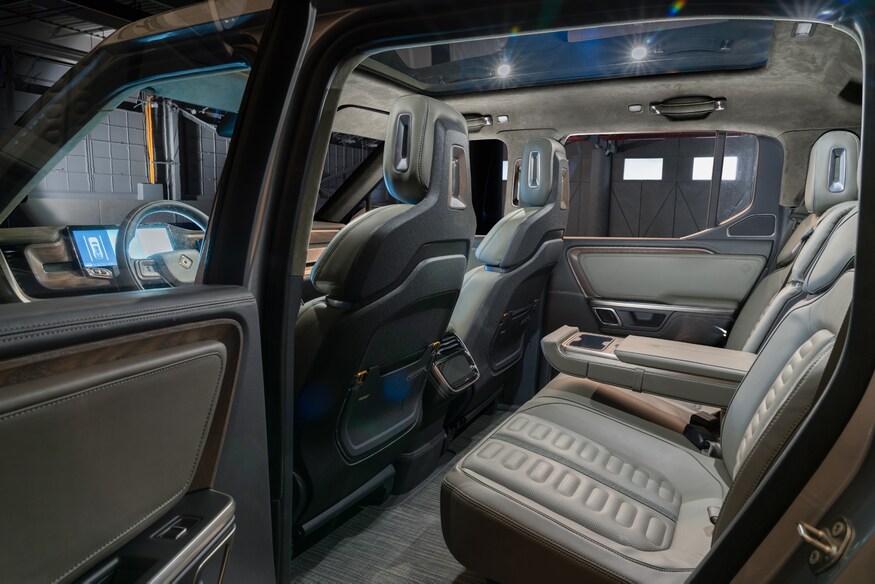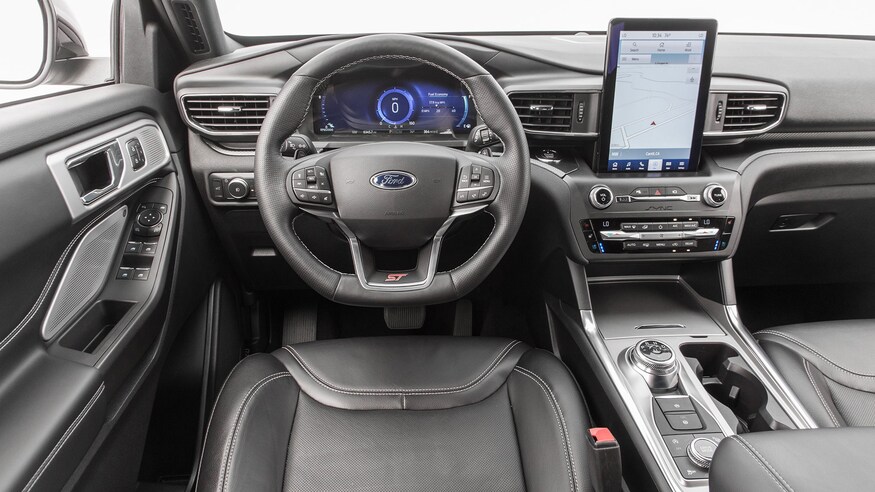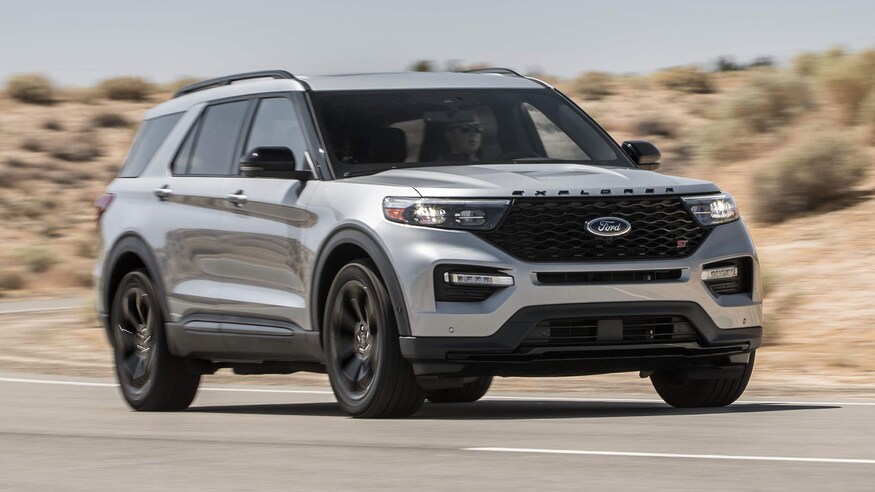Toyota’s SUV-meets-tall-wagon slots between the RAV4 and Highlander.
For 2021 Toyota is bringing back the Venza, its two-row crossover, for the first time since 2017. When we last drove the Venza we wished Toyota had pushed the envelope just a little bit more when it came to the interior and exterior design, and that's exactly what they've done here. The 2021 Venza ditches the dorky front fascia and frumpy rear end of the old car for something sleek, forward-looking, and no doubt developed alongside the handsome Mirai concept that debuted late last year. But that's just on the outside.
Underneath the all-new bodywork lives Toyota's TNGA-K architecture and its Hybrid System II powertrain, and it's the only powertrain available in the new Venza. A 2.5-liter DOHC four-cylinder is supplemented by three electric motors—two in front, one out back—and total system output is rated at 219 hp. Thanks to electronically controlled variable valve timing, an electric water pump, and a variable oil pump, Toyota estimates the base LE trim will get 40 mpg.
In addition to its Eco, Sport, and Normal driving modes, the new Venza can also be driven for short distances as a pure EV, though Toyota didn't specify exactly how far it'll go on battery power alone. According to Toyota, throttle response should be sharp thanks to the electric motors that augment the engine and give extra low-end torque. Though it's paired to a CVT, Toyota added a sequential style shift gate to the gear selector, meaning drivers can "downshift" should they desire a little extra regenerative braking.
2021 Toyota Venza, It's Efficient And Fun
All 2021 Venzas will come with an on-demand AWD system as standard. Most of the time, 100 percent of the engine's power will be routed to just the front wheels via the engine and electric motors. However, thanks to the electric motor mounted on the rear axle, as much as 80 percent of available torque can be applied at the rear wheels to give better traction.
There are struts up front and multi-link setup at the rear to give a nice balance between handling and ride comfort. Toyota also included a torque vectoring by braking system it's calling Active Cornering Assist that activates the stability control to slow the inside wheels and improve handling in certain driving situations. The hybrid system also uses a torque preload function that improves traction off the line and handling on slippery roads. According to Toyota, the system can also help reduce understeer, and even though hybrids aren't known for their vehicle dynamics we'll never say no to a talented chassis.
Toyota is also including its predictive efficient (PED) drive system that uses the navigation system to analyze driving habits and road conditions in order to optimize the charging of the battery. PED analyzes frequently driven routes—your daily commute, for example—to learn when the car might slow down or come to a stop. All in all, the system helps reduce energy consumption and improve efficiency.
So, What's The 2021 Venza's Interior Like?
At launch, there will be three trims available: LE, XLE, and Limited. All trims will come with Android Auto, Apple CarPlay and Amazon Alexa integration as standard. LE trims get a 4.2-inch color multi-information-display (MID) in the gauge cluster, a six-speaker audio system, and an 8.0-inch infotainment display. All trims get an eight-way power-adjustable driver's seat, too.
The XLE trims up the ante a little bit, granting a 7.0-inch MID and the option for a nine-speaker JBL audio system, a 10.0-inch head-up display, and a 12.3-inch infotainment screen. However, there's a problem, look closely and you'll notice no physical volume knob on the optional system —make of that what you will. Limited trims come with the JBL hi-fi and 12.3-inch infotainment screen as standard, but the HUD remains an option. LE trimmed cars come on 18-inch alloys while Limited and XLE trims ride on 19-inch chromed multi-spoke wheels.
The New Toyota Venza Has Some Sweet Luxury Touches
Though hybrids are known to be quiet, Toyota has really gone to town on the new Venza to make sure it's as relaxing as possible. There is special insulation above the wheel arches, in the headliner, in the engine bay, and in the floor of the cabin to limit the amount of noise that enters the cabin. There's also an acoustic glass windshield to help minimize wind noise.
Speaking of glass, perhaps the Venza's best coolest luxury feature is the optional electrochromic glass roof. A first for Toyota, the new Venza's roof can be specified with glass that can be dimmed at the touch of a button. At its most opaque, the glass amplifies sunlight entering the cabin to brighten it up without making it too toasty, and when it's fully transparent the roof gives a full view through for stargazing or simply checking the weather.
The new Venza will also come with Toyota's suite of safety features as standard, too. Toyota Safety Sense 2.0 comes with pre-collision warning, pedestrian safety warning, full-speed dynamic cruise control, lane departure warning, road sign assist, lane tracing assist, and automatic high beams.
Since the Venza is a crossover, utility is paramount, and the Venza has 36.3 cubic feet of storage behind the rear seats. That's about equal with the Ford Edge—a non-hybrid crossover of similar proportions—that has 39.2 cubic feet of space to play with when the second road is folded up. Toyota says the lithium-ion battery is small enough to fit under the second row and that it doesn't take up any room in the cargo area.
Toyota is including its 36-month/36,000 mile basic warranty to the Venza. This applies to the entire car and not just regular wear and tear components. Additional warranties that cover hybrid-related components for up to eight-year or 100,000 miles are also available. The HV battery is covered for 10 years or 150,000 miles and is transferable across ownership.
Toyota didn't say when we'll see the new Venza or how much it'll cost. We think we'll see it at the end of this year or early in 2021. As for pricing, the last Venza started at around $27,000, but we expect the new car to creep closer to the $30,000 mark when it launches.


































